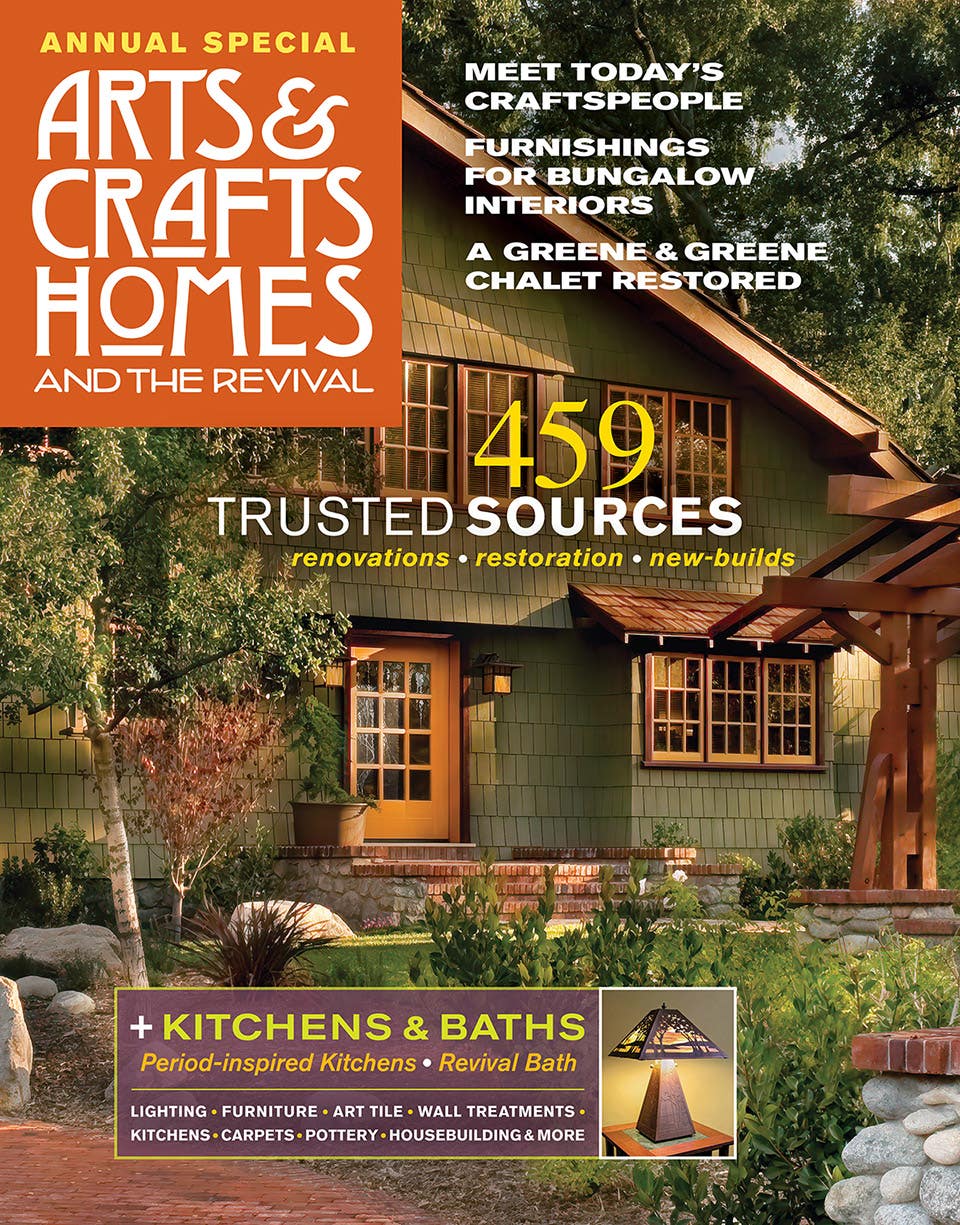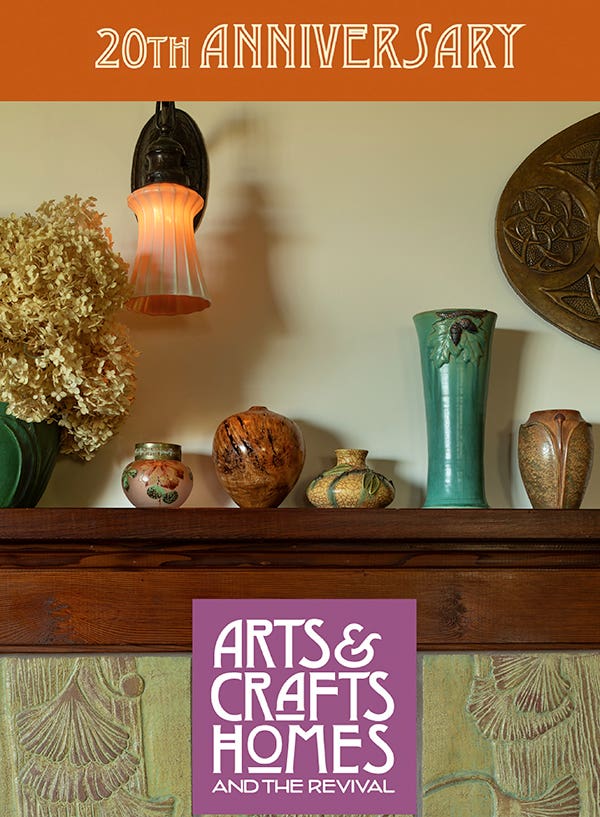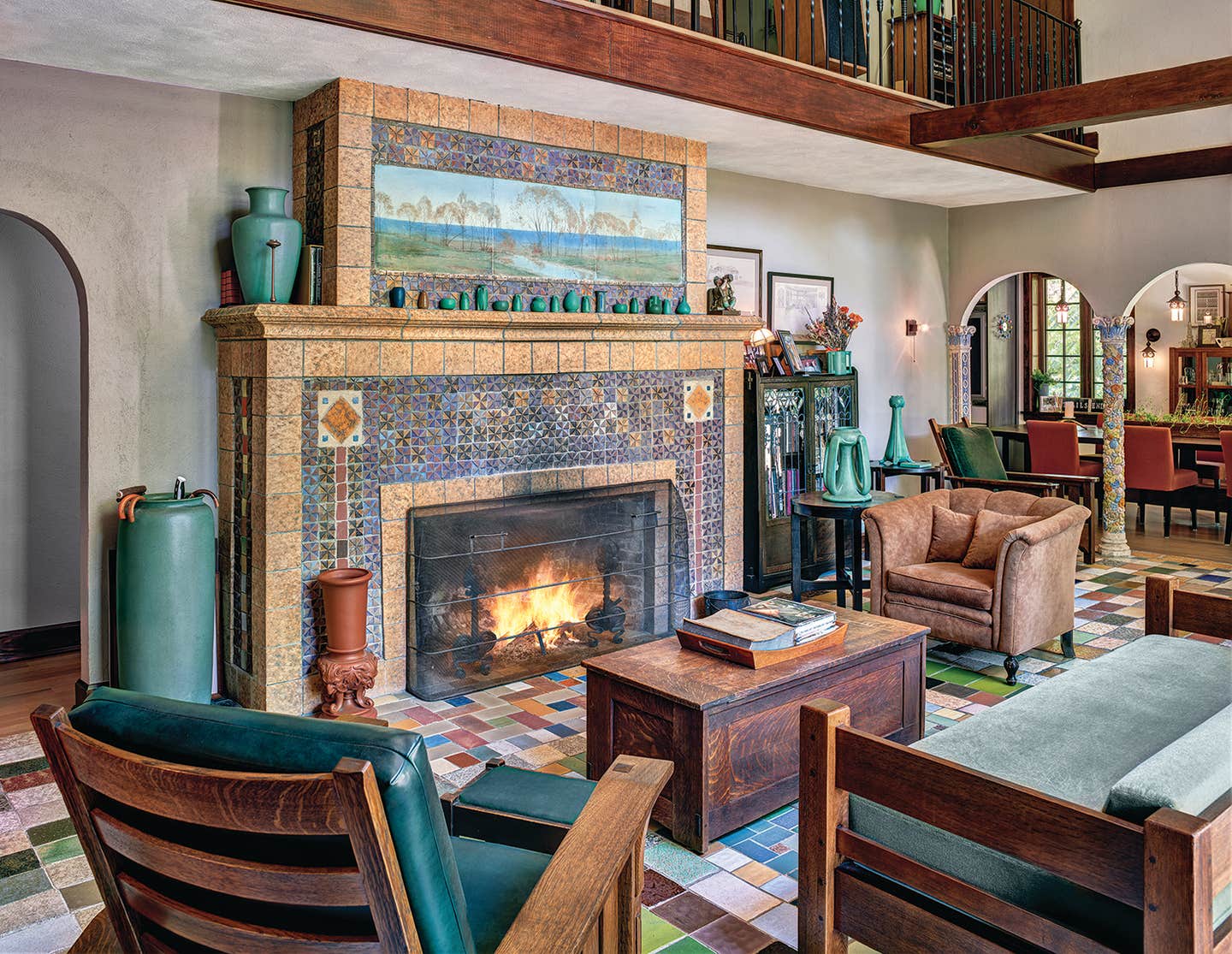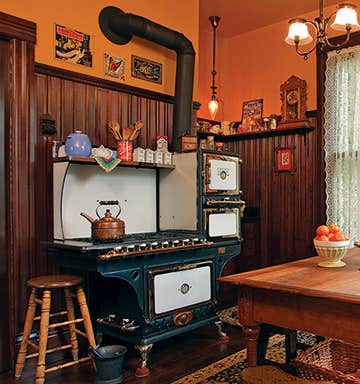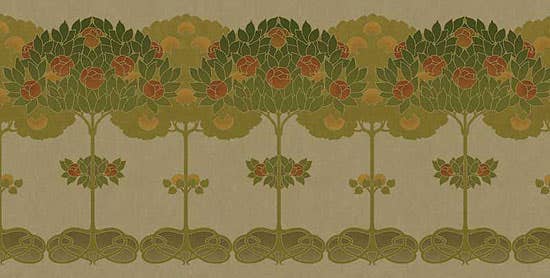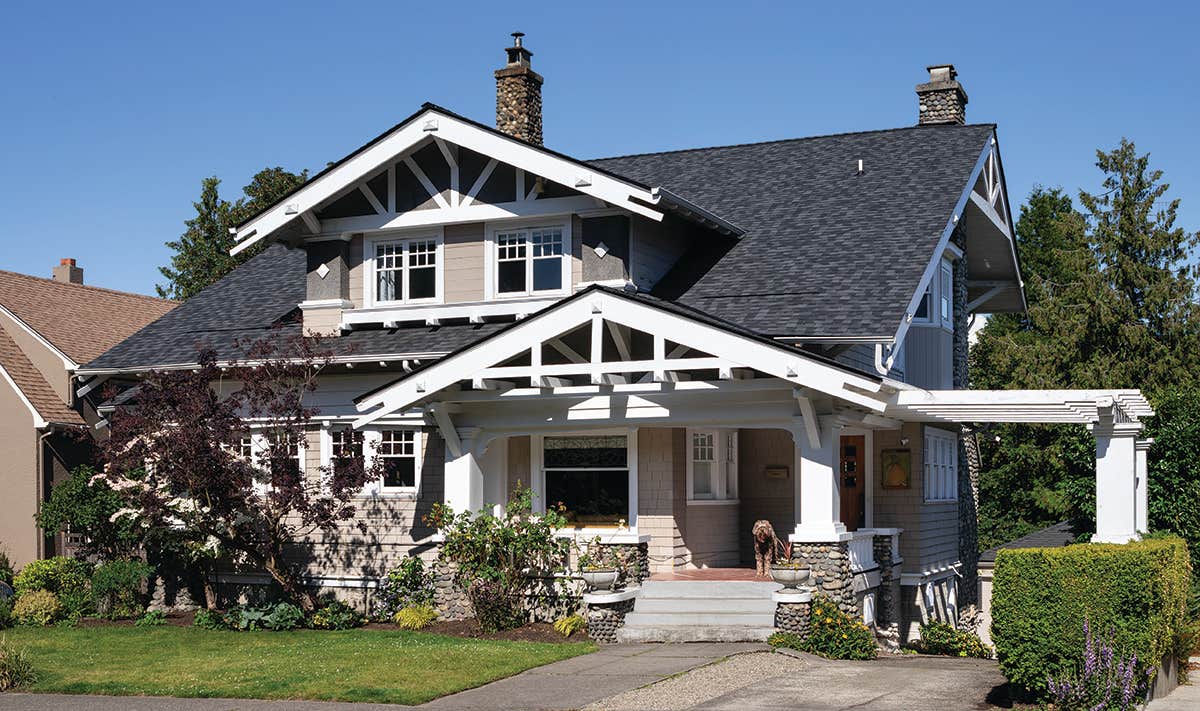Mica, Slag, or Slumped—What kind of art glass is that?
The terms for American art glass may be baffling, but few other details are quite so transporting as these jewel-like treasures. Here’s a clear introduction to art glass of the early 20th century (and of today’s Arts & Crafts revival).
The terms for art glass are so numerous and perplexing that I threw in a ringer right in the title: Mica, as most of us learned in grade-school geology, isn’t glass at all. It’s a mineral that flakes nicely into translucent sheets, making it ideal for making lampshades, like the famous “coolie” shades made by Dirk Van Erp.
While it’s safe to say you can’t go wrong by referring to most kinds of decorative glass in period lighting, windows, doors, or hand-blown vases as “art glass,” it’s better to use terms that are more accurate and specific.
Let’s start with the distinction between stained and leaded glass.
On European cathedral windows of the past, stained glass is colored glass that has been painted with vitreous oxides and fired, with or without the application of silver nitrate. This stained glass is also leaded — that is, individual pieces of the composition (or mosaic) were held in place with lead cames, the rib-like dark matter between pieces of light-filled glass.
Things are simpler now. “If you use the term stained glass today, it is considered by most people to be any window with colored glass,” says stained glass consultant Julie Sloan. “For clear glass windows that are leaded, those are usually just called leaded.”
All colored glass gains its tint from minerals, says Sloan, who is the author of the chapter on stained glass in the A New and Native Beauty: The Art and Craft of Greene & Greene. Not all stained glass is transparent, however. Translucent stained glasses are better known as opalescent. “Opalescent glass is not transparent,” Sloan says. “It’s milky. It can have more than one color in a sheet. Tiffany windows are made of opalescent glass.”
So are the windows made by Greene & Greene, who layered their glass the same way Tiffany did, with copper foil and lead overlay to enhance the dimensional quality of their compositions. The glass Greene & Greene used “is actually a very common glass,” Sloan says. “It’s iridized on one surface so it has the appearance of a rainbow, but Frank Lloyd Wright and Tiffany used the same glass.”
Tiffany called its version of this shimmering opalescent glass “Favrile” — a word it trademarked in 1894. The surface of iridescent glass appears to change color when it’s seen from different angles. While others companies made iridized glass, none used the term Favrile, Sloan says.
Now that we have mica, stained, leaded, opalescent, iridescent, and Favrile out of the way, what exactly are slag and slumped glass? According to Jane Powell, author of Bungalow Details: Interior, slag glass is the name used for the sheets of opalescent glass slipped into Arts & Crafts light fixtures. (The term “slag” comes from the undocumented belief that slag from iron smelting works was added to the glass to give it color.)
As for slumped, it’s glass that’s been fired in a kiln to make it curve. Glass artist Clark Renfort actually climbs in the kiln while the glass is still hot to manipulate the shape of his shades, which are first “slumped” over a bowl. Effects range from delicately folded glass in tulip-like shades, to futuristic shapes.
GLASS GLOSSARY
Art glass: A general term for any decorative glass, panel, or window made with opalescent, iridescent, or pattern glass
Beveled: Flat sheet glass or panes with edges that have been ground and polished to an angle
Cathedral glass Machine-made plate glass of a single color
Colored glass: Glass with an obvious tint, caused by mixing minerals throughout the hot glass
Favrile: An art glass patented in 1894 by Louis Comfort Tiffany characterized by a “rainbow” effect when seen from different angles
Figured glass: Cut on a wheel (brilliant), but also etched and pattern glass
Jewel: Smooth, faceted, pressed, or chipped pieces of glass made to look like precious stones, used as inserts in decorative glass windows
Leaded: Pieces of clear glass held together in a web of lead cames
Mica: A mineral that flakes into thin, translucent sheets; famously used as a material for lampshades in copper lamps, like those by Dirk Van Erp
Opalescent Glass with opaque, variegated colors where the light has the appearance of internal refraction
Pattern: Machine-rolled sheet glass with an embossed overall pattern; usually in “white” (clear) glass
Prairie: Glass windows or panels in clear and/or colored glass in geometric patterns to complement the architectural style known as Prairie; usually held in place with zinc rather than lead, which produced a crisper look
Slag glass: Glass with two or more colors in a marble-like pattern; a popular for the glass in Arts and Crafts light fixtures
Slumped: Glass that has been melted in a kiln (sometimes in a mold) to achieve undulating and textural effects
Stained: Historically, leaded windows of glass that have been painted and fired, with or without the application of silver nitrate; today, may refer to any colored art glass
Mary Ellen Polson is a creative content editor and technical writer with over 20 years experience producing heavily illustrated know how and service journalism articles, full-length books, product copy, tips, Q&As, etc., on home renovation, design, and outdoor spaces.

